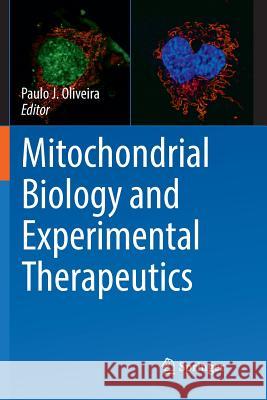Mitochondrial Biology and Experimental Therapeutics » książka
topmenu
Mitochondrial Biology and Experimental Therapeutics
ISBN-13: 9783030103583 / Angielski / Miękka / 2018 / 708 str.
Kategorie BISAC:
Wydawca:
Springer
Język:
Angielski
ISBN-13:
9783030103583
Rok wydania:
2018
Wydanie:
Softcover Repri
Ilość stron:
708
Waga:
0.98 kg
Wymiary:
23.39 x 15.6 x 3.66
Oprawa:
Miękka
Wolumenów:
01
Dodatkowe informacje:
Wydanie ilustrowane











